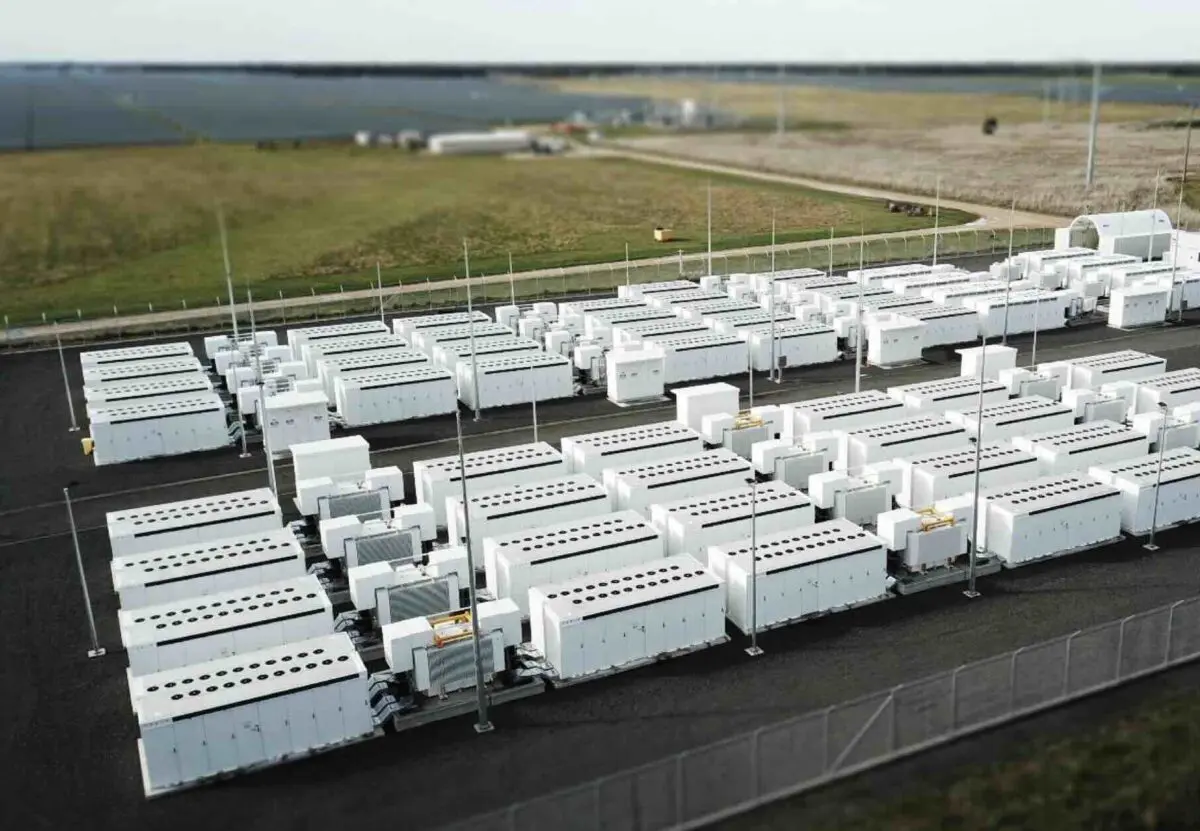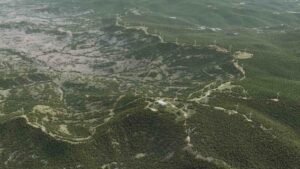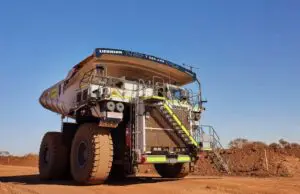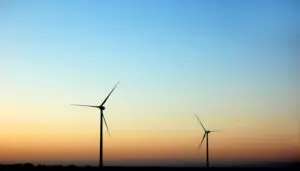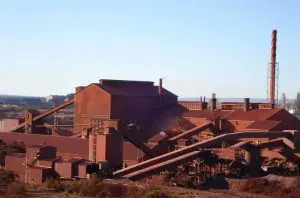The final bids for the biggest ever wind and solar tender to be held in Australia were submitted late last week, and it appears that those projects that were adding battery storage to their proposals have the inside running. And the bigger the battery, the better.
The first tender for generation projects under the Capacity Investment Scheme is seeking 6 gigawatts (GW) of new wind and solar capacity, and is the first of a series of auctions that will seek to underwrite at least 23 GW by 2030 – plus 9 GW of storage – to help meet the 82 per cent renewable target.
The first tender was swamped by more than 40 GW of project proposals, but after an initial assessment of the broad nature of the project proposals, location, capacity of the developer and community and First Nations consultations, that number has been paired back for the financial value component of the bid.
Final bids from shortlisted projects were due on Thursday, and will now be assessed before the winners are announced, likely before the end of the year. NSW is expected to get the bulk of project allocations, with at least 2.2 GW set aside to help accelerate the state’s transition away from its ageing coal generators.
AEMO Services, which is managing the auction process for the federal government, issued a summary of the progress to date on Monday in which it indicated that system reliability, system security and the risk of curtailment has been key factors in initial assessments.
It issued the assessment in part to give feedback to those project who have already, or maybe are about to, miss out. They are allowed to make a bid in future tenders. They may want to find a battery partner.
“Assessed hybrid projects (the combination of wind or solar with battery energy storage systems – BESS) generally scored well,” the document says.
“In particular, those that had large BESS systems systems (relative to the size of the connection), tended to score higher in MC1 compared to generation- only projects due to their potential to improve system reliability and reduce curtailment.”
That will probably be no surprise to most of those in the industry – given the new rules that allow wind, solar and battery facilities to more easily share connection points, and given the volatile nature of the wholesale market, and the growing number of negative pricing events and curtailment.
Most projects currently under initial development are getting very big, to gigawatt scale and more, because of economies of scale and have battery storage proposals, although the details often remain vague, partly due to continued uncertainty about the development of markets for big batteries.
The federal government contracts with wind, solar and battery projects under the CIS seek to underwrite the projects by offering a minimum price that will be topped up if need be, ofsett by a potential return of money to the government should wholesale prices remain stubbornly high.
The decision to exclude negative prices in the calculations provides an added incentive for those projects to add battery storage in any case.
The other criteria for assessment focused on the developer’s ability to actually deliver the project, and firm timetables, suggesting that companies specialising in early development before going to market in the search of a deep-pocketed buyer, may not have gained much traction.
The bidders were required to show a clear pathway to reaching financial close by the end of 2028 at the latest, to ensure that the projects are delivered on time.
The other focus was on community and First Nations engagement, and the document makes clear that those unable to provide clear evidence and documentation to support their claims of engagement and their response, and details of shared benefits, would be marked down.
The tender is not the only one generating interest at the moment. Some of the big wind and solar projects likely submitted to the CIS tender are also likely competing for access rights to the new south-west renewable energy zone in NSW.
That zone is likely to be key to the NSW goal of moving beyond coal, given the resistance in New England, and issues in the Central West Orana zone.
The south-west region, which runs along the new transmission line that will link NSW and South Australia, is now host to a rapidly growing number of gigawatt scale projects, mostly backed by major energy companies with deep pockets.
AEMO Services says it received bids for access rights totalling more than 15 W of generation and storage, but the zone’s capacity is currently limited to just 3.98 GW – courtesy of some now regretted decisions not to provide more transmission capacity.
The financial value bids for the South West REZ also closed at the end of September, and the winners are expected to be announced in December or early January, around the same time as the winners of the main CIS generation auction.

